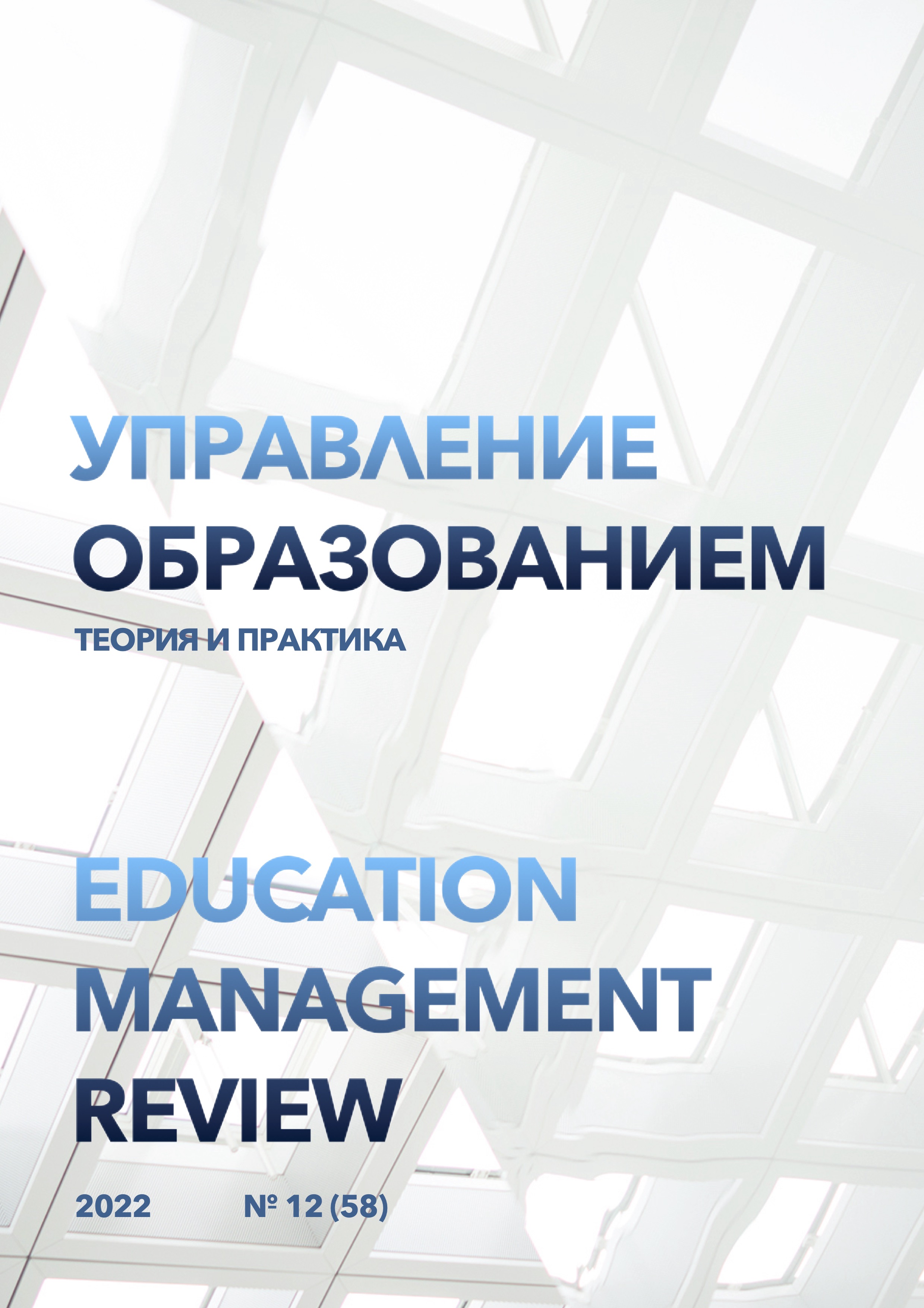Mythologemes of China in the context of modern culture and language
DOI:
https://doi.org/10.25726/r9282-9164-7030-fKeywords:
myth, China, culture, language, educationAbstract
The article is part of a large-scale research program to describe Chinese culture and language and adapt them to the needs of modern Russian education. On the material of Internet sources, electronic horoscopes, films, the authors consistently prove the thesis about the demand for the studied phenomena in the modern global socio-cultural space. The author's attention is focused on numerous manifestations of ancient Chinese culture, diverse in form and content. The authors point to their popularity among representatives of various age and gender groups. The secret of popularity lies in the eternal Confucian values, which are supported by various forms of cultural and linguistic community in China. These values can be presented as a necessary component of the dialogue of cultures in various classes of the humanitarian cycle: world artistic culture, an additional foreign language (Chinese), technology, social science, foreign history. The authors are deeply convinced that deep penetration into the foundations of Chinese culture at different stages of the pedagogical process - the organizational stage, setting goals and objectives, motivation for learning activities, updating knowledge, primary assimilation of knowledge, primary verification of new knowledge, primary verification of understanding, primary consolidation and instructing on homework - can ensure the formation of a more complete picture of the world for students of different levels.
References
Завьялова Н.А. Культурные коммуникативные универсалии как современный этап развития культуры // Знание. Понимание. Умение. 2015. № 1. С. 77-88.
Завьялова Н.А. Повторяющиеся культурные микротексты: диахронный и синхронный аспекты // Знание. Понимание. Умение. 2016. № 2. С. 124-137. DOI: 10.17805/zpu.2016.2.11
Зиммель Г. О сущности культуры. Избранное: в 2 т. Т. 1. Философия культуры. пер. Руткевича А. М. М.: Юрист. 1996. 671 с. С. 475-482.
Луков В.А. О проектировании заданных телесных и интеллектуальных свойств человека // Знание. Понимание. Умение. 2013. № 1. С. 219-224.
Флиер А.Я. Культурные роли в процессах социального действия // Вопросы культурологии. 2013. № 1. С. 12-19.
Кайуа Р. Игры и люди; Статьи и эссе по социологии культуры. М.: ОГИ. 2007. 304 с. С.15-21.
Лин Ван. Анализ применения музыки пипа в фильме «Дом летающих кинжалов» в киномузыке. 2008. 王玲.试析影片《十面埋伏》中琵琶曲在电影音乐中的运用.
Тэн Сунь. Сравнительное исследование культуры пионов в стихах о пионах династий Тан и Сун. 2018. 孙腾. 唐宋牡丹诗中牡丹文化的比较研究.
Цзилу А. Пион :Культурологический анализ классического образа «Цветы». 2008. 阿进录. “牡丹”:一个“花儿”经典意象的文化分析.
Юй Лань. Исследование культуры костюма в династии Тан. Издательство Shaanxi People's Fine Arts. 2017. 364 с. 兰宇. 唐代服饰文化研究陕西人民美术出版社. 364页.
Яфан Вэй. Эссе по материалам фильма «Дом летающих кинжалов». 2018. 魏雅芳.以电影《十面埋伏》为例谈琵琶音乐在影视剧中的作用.

